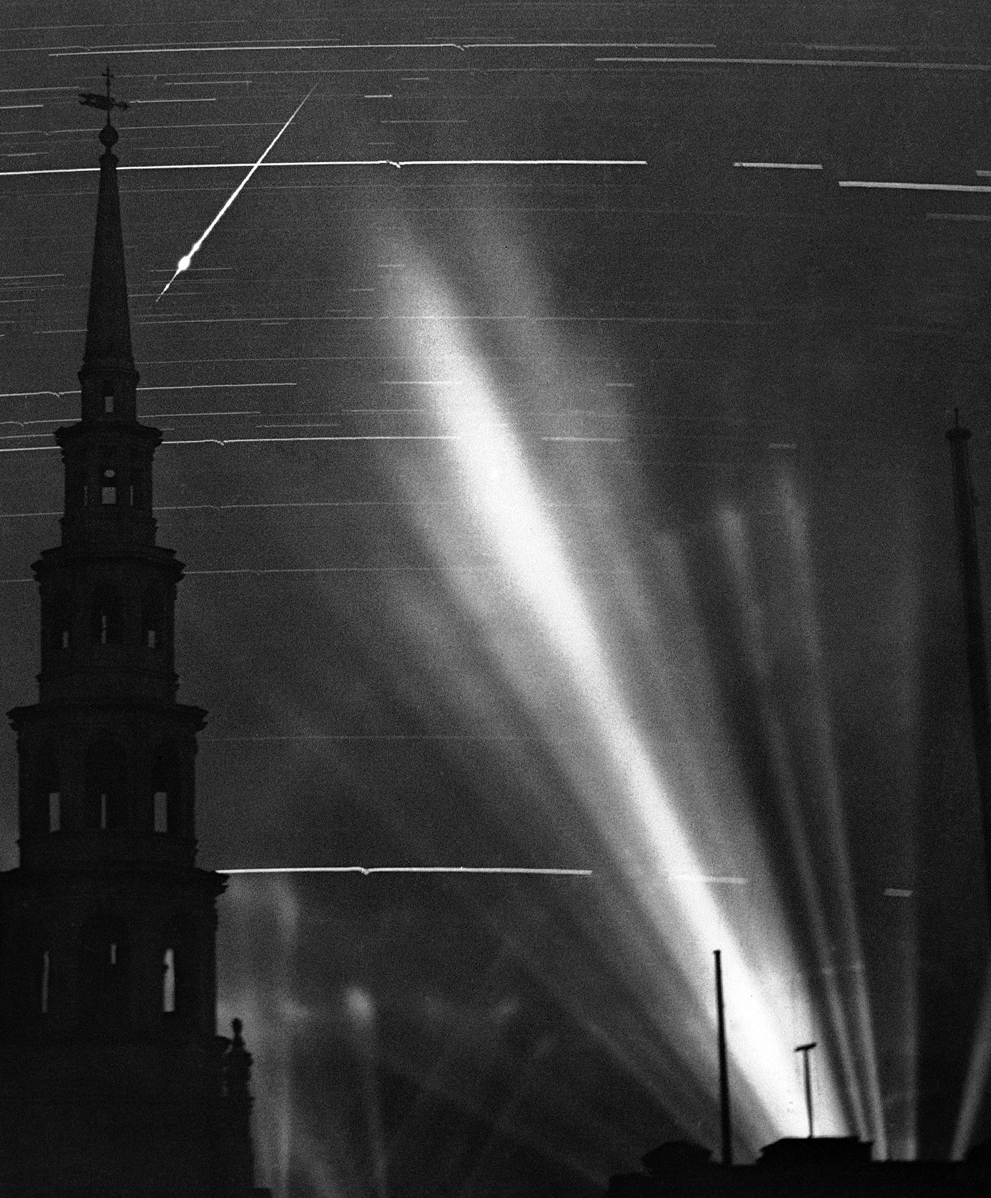The knock came after residents of the east London apartment complex had already gone to bed. They opened their doors to find someone in uniform standing before them: a police officer, a firefighter, a member of the army.
A 500-pound bomb had been found a few hundred feet away, the officers said. They needed to get out.
It’s an alarming message for anyone to receive while standing in their pajamas, but especially so for someone in a city that hasn’t seen active conflict in seven decades. How did an explosive wind up beneath this leafy London neighborhood?
It was probably dropped by a German bomber during the blitz of British cities at the beginning of World War II. Unlike most of the other bombs dropped during the attack, this one didn’t explode and instead sunk deep into the London clay, where it lay dormant for 70 years.
 |
| CLICK PHOTO to ENLARGE: Some of the many bombs discovered years later. (AP, Getty) |
Working through the night, disposal experts were finally able to defuse the device Tuesday morning, and residents were allowed to return home.
It wasn’t the first time and almost certainly not the last that people will be pulled from their beds over a relic of a war fought long ago. Despite the distance of years and international protocols aimed at preventing them, still-active bombs — called unexploded ordnance — linger underground for years after conflicts are over.
This was the third device the British Army has had to detonate in London this year. But the problem isn’t only in the United Kingdom, nor is it only from WWII.
 |
Every year, farmers unearth several tons of shells,
shrapnel, gas shells and unexploded grenades that
bomb-disposal experts of Amiens remove and destroy
|
The oldest unexploded ordnance still being discovered date back to the Civil War, the first conflict to be characterized by the use of explosive shells.
In 2008, Virginian Sam White — a Civil War history buff who crisscrossed the state looking for relics of past battles — was attempting to restore a 1860s cannonball when it exploded, killing him and sending a chunk of shrapnel through the front porch of a home a quarter of a mile away.Read the rest of the story HERE.
If you like what you see, please "Like" us on Facebook either here or here. Please follow us on Twitter here.




No comments:
Post a Comment